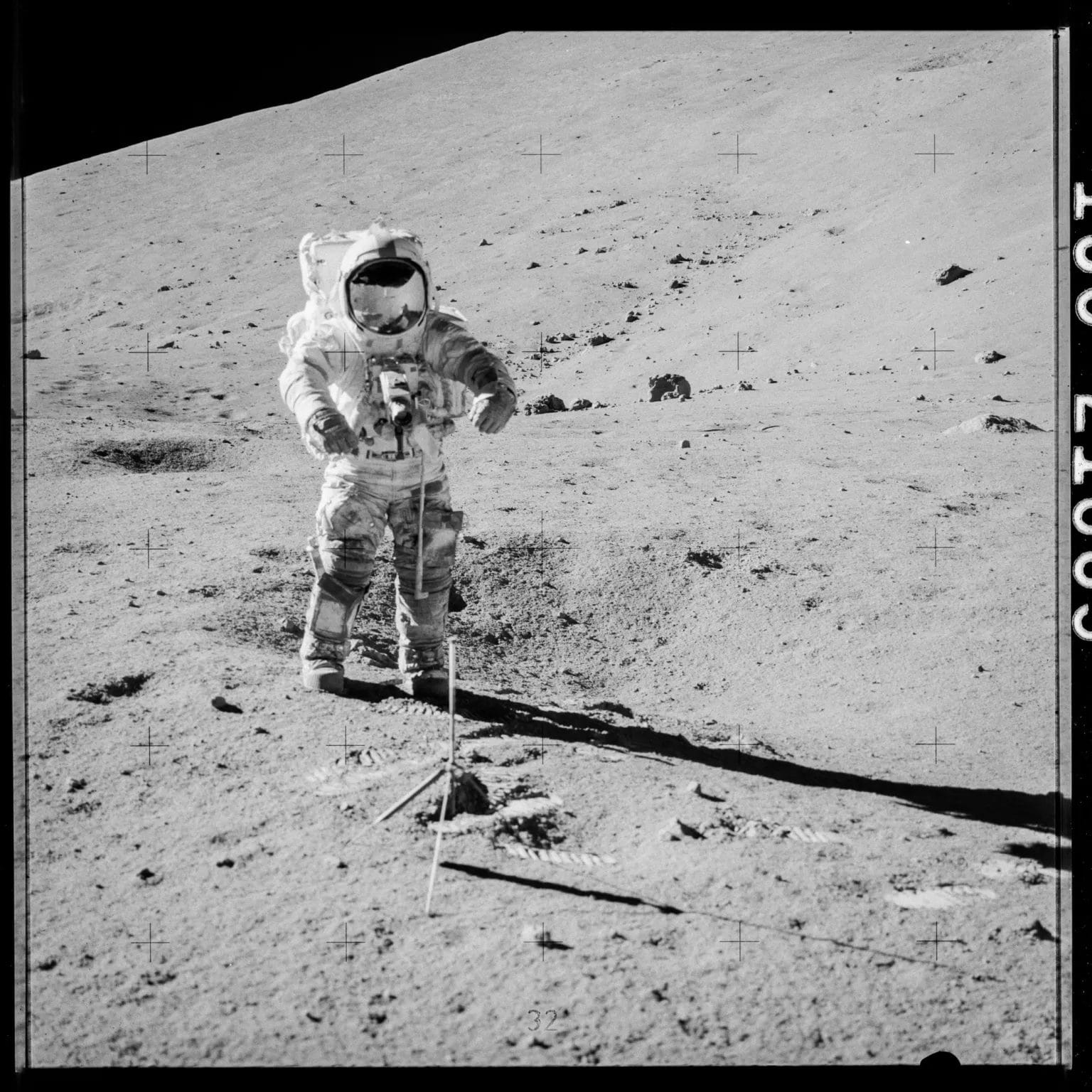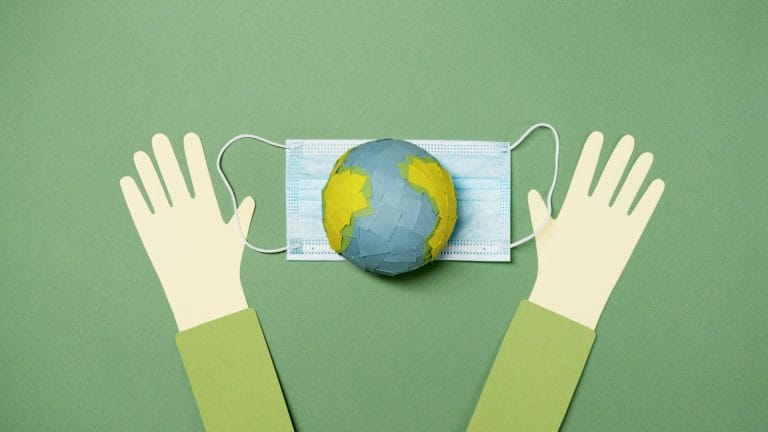- RESEARCHDistance Learning at AIU is enhanced by vast academic resources and innovative technologies build into the Virtual Campus: Hundreds of self-paced courses with video lectures and step by step lessons, thousands of optional assignments, 140,000 e-books, the Social Media & Networking platform allowing collaboration/chat/communications between students, and MYAIU develop students holistically in 11 areas beyond just academics.
- PROGRAMS OFFERED
- Areas of Study
- Courses and Curriculum
- Open Courses
- Register for a Program
- Associate Program
- Associate in Addiction Counseling
- Associate in Agriculture Food And Resources
- Associate in Anti Terrorism Security
- Associate in Behavior Analysis In Special Education
- Associate in Bioethics
- Associate in Climatology
- Associate in Cultural Theological Communication
- Associate in Culinary Arts
- Associate in Ecotechnology
- View all Associates Programs
- Bachelor Program
- Bachelors in Community Development
- Bachelors in Environmental Science
- Bachelor in Education (B.Ed, BS)
- Bachelors in Economics
- Bachelors in Entrepreneurship
- Bachelors in Financial Administration
- Bachelors in Human Resource Management
- Bachelors in Linguistics
- Bachelors in Nutritional Science
- Bachelors in Occupational Health and Safety
- Bachelors in Psychology
- View all Bachelor Programs
- Doctorate Program
- Doctor | of Biology (PhD)
- Doctorate in Business Administration (DBA, PhD)
- Doctor of Economics (PhD)
- Doctor of Electrical Engineering (D.Sc, PhD)
- Doctor of Finance (PhD)
- Doctorate in International Relations
- Doctorate in Information Technology (D.Sc)
- Doctor of Legal Studies (PhD)
- Doctor of Project Management (PhD)
- Doctor of Sociology (PhD, D.Sc)
- Doctorate in Sustainable Natural Resources Management
- View all Doctorate Programs
- Master Program
- Postdoctoral Program
- Postdoctoral in Animal Science
- Postdoctoral in Anti Terrorism Security
- Postdoctoral in Behavior Analysis In Special Education
- Postdoctoral in Bioethics
- Postdoctoral in Blockchain Technology and Digital Currency
- Postdoctoral in Business Management
- Postdoctoral in Cloud Computing
- Postdoctoral in Computer Engineering
- View all Postdoctoral Programs
AIU offers a wide range of majors in areas including the Arts, Business, Science, Technology, Social, and Human studies. More than 120 degrees and programs are available for adult learners at the associate’s, bachelor’s, master’s, doctoral and postdoctoral level. - VIRTUAL CAMPUS
Distance Learning at AIU is enhanced by vast academic resources and innovative technologies build into the Virtual Campus: Hundreds of self-paced courses with video lectures and step by step lessons, thousands of optional assignments, 140,000 e-books, the Social Media & Networking platform allowing collaboration/chat/communications between students, and MYAIU develop students holistically in 11 areas beyond just academics.
- ALUMNI
The world is YOUR campus!”, that is the message of AIU’s month magazine Campus Mundi. Hear the voices and see the faces that make up AIU. Campus Mundi brings the world of AIU to you every months with inspirational stories, news and achievements by AIU members from around the world (students and staff are located in over 200 countries).
New Discoveries Illuminate Lunar Hydration

What are the implications of discovering graphene in lunar samples for our understanding of the Moon’s geological evolution?
How might the presence of graphene in Chang’e-5 samples influence future lunar exploration missions?
What advanced technologies were employed to detect and analyze graphene in the lunar samples, and how do these techniques enhance our capability for planetary science research?
Create an essay and share with us to answer the questions above. Your essay should aim to integrate scientific insights from the article and explore the potential impacts of this discovery on future space exploration endeavors. Feel free to draw connections between graphene’s properties and its implications for lunar resource utilization and our broader understanding of planetary formation.
(Login to your student section to access the AIU Additional Resources Library.)
Water on the Moon: New Discoveries Illuminate Lunar Hydration
How has the perception of the Moon’s water resources changed based on recent scientific discoveries?
What implications do the findings about lunar water have for future crewed missions to the Moon?
Discuss the potential challenges and environmental considerations associated with lunar exploration and resource utilization.
Write an essay answering all the questions above. In your response, explore how the recent discoveries about water on the Moon challenge previous beliefs, analyze the impact of these findings on future lunar missions, and consider the challenges and environmental implications of utilizing lunar resources. Use examples from the article to support your arguments and provide a comprehensive overview of this exciting new frontier in space exploration.
(Login to your student section to access the AIU Additional Resources Library.)

Water on the Moon: New Discoveries Illuminate Lunar Hydration
The Moon, often viewed as a barren and dry celestial body, is revealing secrets that challenge our understanding of its geological and hydrological history. Recent analyses of mineralogy maps have uncovered the presence of water and hydroxyl across the Moon’s surface, suggesting that our satellite may be more water-rich than previously thought. This groundbreaking discovery has significant implications not only for planetary science but also for the field of geophysical sciences, where understanding extraterrestrial environments is crucial.
As students and researchers at institutions like AIU pursue a Masters in Geophysical Sciences, they delve into the complexities of celestial bodies, employing advanced techniques to explore their compositions and processes. The revelations about lunar water resources open new avenues for lunar exploration and potential human habitation, paving the way for future missions that could transform our relationship with the Moon and expand our reach into the cosmos.
A Surprising Abundance of Water
For years, scientists believed that water on the Moon was largely confined to the polar regions, particularly in the deep craters that remain in perpetual shadow. These areas were thought to be the only havens for water ice, protected from the intense heat of the Sun. However, new research led by planetary scientist Roger Clark and his colleagues suggests that water and hydroxyl are distributed across all lunar latitudes and terrains. This is particularly noteworthy since it challenges the long-held assumption that only specific areas of the Moon could host significant amounts of water.
Using data from the Moon Mineralogy Mapper (M3) on the Chandrayaan-1 spacecraft, which orbited the Moon from 2008 to 2009, researchers analyzed the infrared light reflected from the lunar surface. Their findings indicate that water is bound within the minerals that constitute the Moon’s rocks and soil, confirming the existence of these vital resources even in areas bathed in direct sunlight.
Implications for Lunar Exploration
The implications of these findings are profound, particularly for future crewed missions to the Moon. Understanding where water exists can significantly influence mission planning. “Future astronauts may be able to find water even near the equator by exploiting these water-rich areas,” Clark explains. This opens up new possibilities for lunar bases, reducing the need to transport water from Earth and making long-term lunar habitation more feasible.
Enhancing Sustainability
The potential for finding water on the Moon also paves the way for sustainable exploration. The ability to extract water means that astronauts could rely less on supplies brought from Earth. This would not only decrease mission costs but also enable longer stays on the Moon, fostering a greater understanding of our closest celestial neighbor. Furthermore, water could be processed into oxygen for breathing and hydrogen for fuel, creating a closed-loop system that supports human life.
Understanding Lunar Geology
Beyond its practical applications for exploration, the presence of water also offers insights into the Moon’s geological history. The ongoing processes that shape the lunar surface, including impacts and volcanic activity, are intricately linked to the movement and transformation of water and hydroxyl. The research shows that while water may not be present in liquid form, it exists in various mineral matrices, giving scientists a richer understanding of the Moon’s geologic past.
Geological Processes and Water
Understanding the geology of the Moon requires a comprehensive look at how water interacts with lunar materials. For instance, the researchers found that both cratering and volcanic activity contribute to the presence of water-rich materials on the lunar surface. Impact events can excavate water-bearing rocks and deliver them to the surface, while volcanic processes may bring additional water-rich materials from the interior.

The researchers discovered that the water signature of pyroxene, an igneous rock, changes based on the angle of sunlight. This phenomenon not only indicates that water exists but also provides insight into the physical conditions on the Moon’s surface. Such findings enhance our understanding of how geological processes affect the Moon’s ability to retain water.
The Dynamics of Water on the Moon
Interestingly, the study revealed that water on the lunar surface is not static. Water can be exposed during cratering events, but it is gradually broken down by radiation from the solar wind over millions of years. Hydroxyl, a related molecule consisting of one hydrogen atom and one oxygen atom, remains as a byproduct of this process. This suggests a dynamic interplay of lunar geology and hydration, where water and hydroxyl can be both created and destroyed.
The Role of Solar Wind
The solar wind plays a crucial role in the creation of hydroxyl on the Moon. Solar particles, primarily protons, interact with the lunar surface, depositing hydrogen atoms that can bond with oxygen. This mechanism not only contributes to the formation of hydroxyl but also indicates that the Moon’s surface is continually evolving under the influence of solar radiation.
Lunar Swirls: A Mystery Unraveled
One of the intriguing aspects of lunar geology is the presence of “lunar swirls,” mysterious swirling patterns that cover parts of the Moon’s surface. These formations have long puzzled scientists, with theories ranging from magnetic interactions to ancient volcanic activity. The recent research found that these swirls are notably water-poor, a finding that adds another layer of complexity to our understanding of these features.
Ancient Features?
The team speculates that the swirls could represent ancient formations that have since eroded, leaving behind only a residual water signature. This insight may help scientists unravel the origins of these enigmatic patterns, offering clues about the Moon’s geological evolution over time. If the swirls are remnants of earlier geological activity, they could provide a timeline for understanding how the Moon’s surface has changed and the role water has played in that transformation.
A New Frontier for Human Exploration
The discovery of widespread water and hydroxyl across the Moon significantly enhances the prospects for future lunar exploration. By utilizing these resources, astronauts could potentially extract water from the lunar soil, a game-changer for long-term missions. Processing hydroxyl-rich minerals could yield water, providing essential support for human life and reducing reliance on Earth for supplies.
To capitalize on these discoveries, researchers are now tasked with developing innovative technologies for water extraction and processing. Techniques such as robotic mining and in-situ resource utilization (ISRU) are crucial for future lunar missions. These technologies will not only enable astronauts to utilize lunar resources but also prepare for eventual human missions to Mars and beyond, where resource utilization will be vital.
Challenges Ahead
Despite the promising findings, challenges remain. While the presence of water is a significant step forward, scientists must still develop technologies to effectively extract and utilize these resources. The harsh lunar environment presents additional hurdles, including radiation, extreme temperatures, and the abrasive lunar dust that could complicate extraction efforts.
Environmental Considerations
Moreover, any exploration and utilization of lunar resources must be approached with caution to avoid disturbing the Moon’s delicate environment. Responsible stewardship of the Moon is essential, as future exploration efforts could set the stage for a new era of human presence in space. Understanding the impact of human activity on the lunar surface will be critical in ensuring that we do not compromise this valuable scientific resource.
Conclusion
The Moon, once perceived as a dry wasteland, is emerging as a dynamic and complex environment rich in water resources. As scientists continue to uncover the intricacies of lunar geology and hydration, the possibility of sustained human presence on the Moon becomes increasingly tangible. Future missions will not only seek to explore these water-rich areas but also aim to unlock the secrets of our closest celestial neighbor, paving the way for a new era of lunar exploration.
With water as a key resource, the Moon may soon transform from a distant dream into a vibrant hub for human activity in space. As we stand on the brink of a new age in space exploration, the Moon could serve as a critical stepping stone, not just for missions to Mars, but for humanity’s broader aspirations in the cosmos. Join AIU to stay updated on such innovative topics and be part of the exciting future of space exploration.

Masters in Geophysical Sciences
Bachelors in Aeronautical Studies
References
Scientists Discover Signs of Water All Over The Moon’s Surface
Reminder to our Dear Students,
Please ensure you are logged in as a student on the AIU platform and logged into the AIU Online
Library before accessing course links. This step is crucial for uninterrupted access to your learning
resources.
AIU Success Stories







Contact Us Today!
Begin Your Journey!
AIU’s Summer of Innovation and Growth gives you the ability to earn up to $5000 in tuition credit by completing free lessons and courses.
Whether you’re looking to acquire new skills, advance your career, or simply explore new interests, AIU is your gateway to a world of opportunities. With free access to 3400 lessons and hundreds of courses the ability to earn credits and earn certificates there’s no better time to start learning.
Join us today as a Guest Student and take the first step towards a brighter, more empowered future.
Explore. Learn. Achieve.

Contact Us
Atlantic International University
900 Fort Street Mall 905 Honolulu, HI 96813 [email protected]
Quick Links
Home | Online Courses | Available Courses | Virtual Campus | Career Center | Available Positions | Ask Career Coach | The Job Interview | Resume Writing | Accreditation | Areas of Study | Bachelor Degree Programs | Masters Degree Programs | Doctoral Degree Programs | Course & Curriculum | Human Rights | Online Library | Representations | Student Publication | Sponsors | General Information | Mission & Vision | School of Business and Economics | School of Science and Engineering | School of Social and Human Studies | Media Center | Admission Requirements | Apply Online | Tuition | Faculty & Staff | Distance Learning Overview | Student Testimonials | AIU Blogs | Register for Program | Privacy Policy | FAQ



















